The science of river ice jams
It's no shock that much of the Midwest has seen well below average temperatures the last couple of weeks. This trend is also expected to continue into the overnight hours with portions of Mid-Missouri seeing lows into the single digits. This means areas even further north upstream on the Missouri river will see more icing.
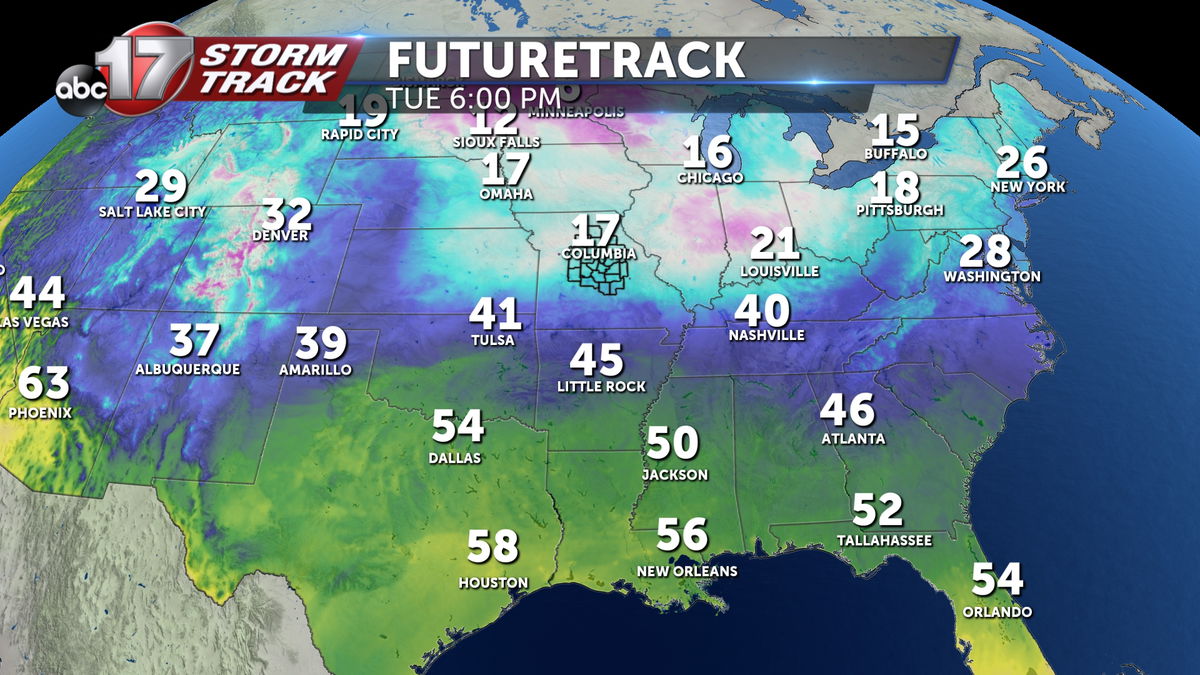
When there is an increase in ice floats, a concern of ice jams begins to become more real. Ice jams occur as areas north sit into freezing conditions for extended periods of times. Eventually, layers of ice form over rivers. As temperatures continue to rise, this ice starts to break up and flow downstream. When these ice floats become too dense in numbers on narrower portions of the river, a clog can occur known as an ice jam.
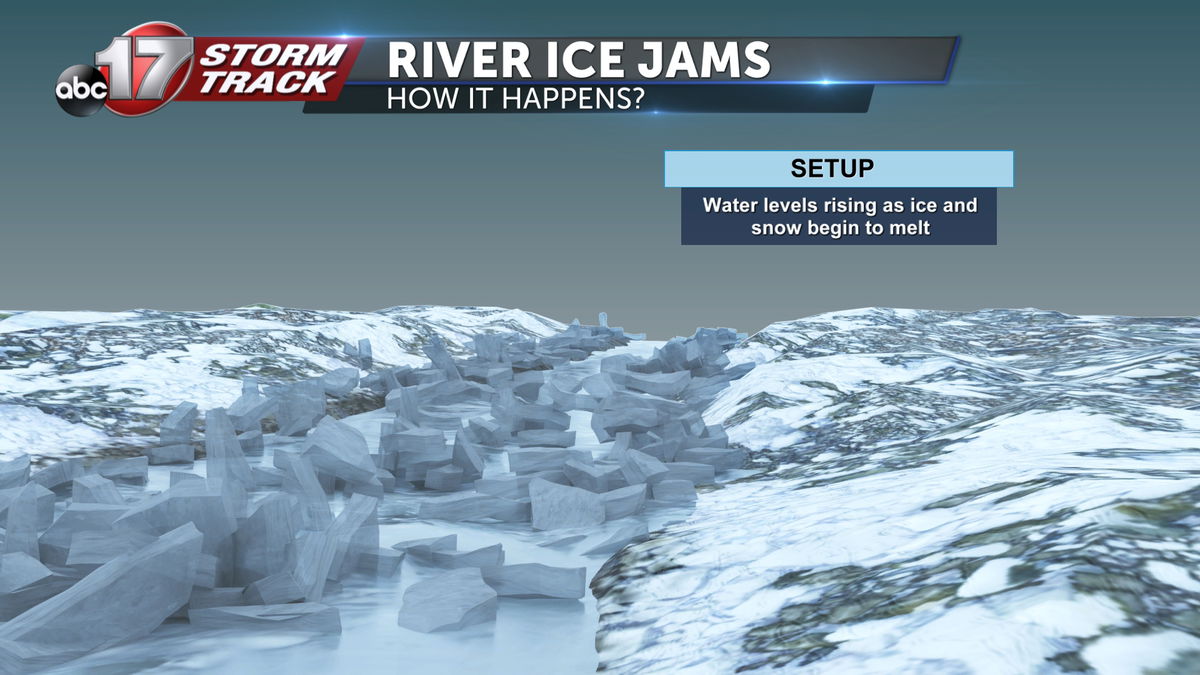
These ice chunks then become a natural dam causing variations in river levels both up and downstream.
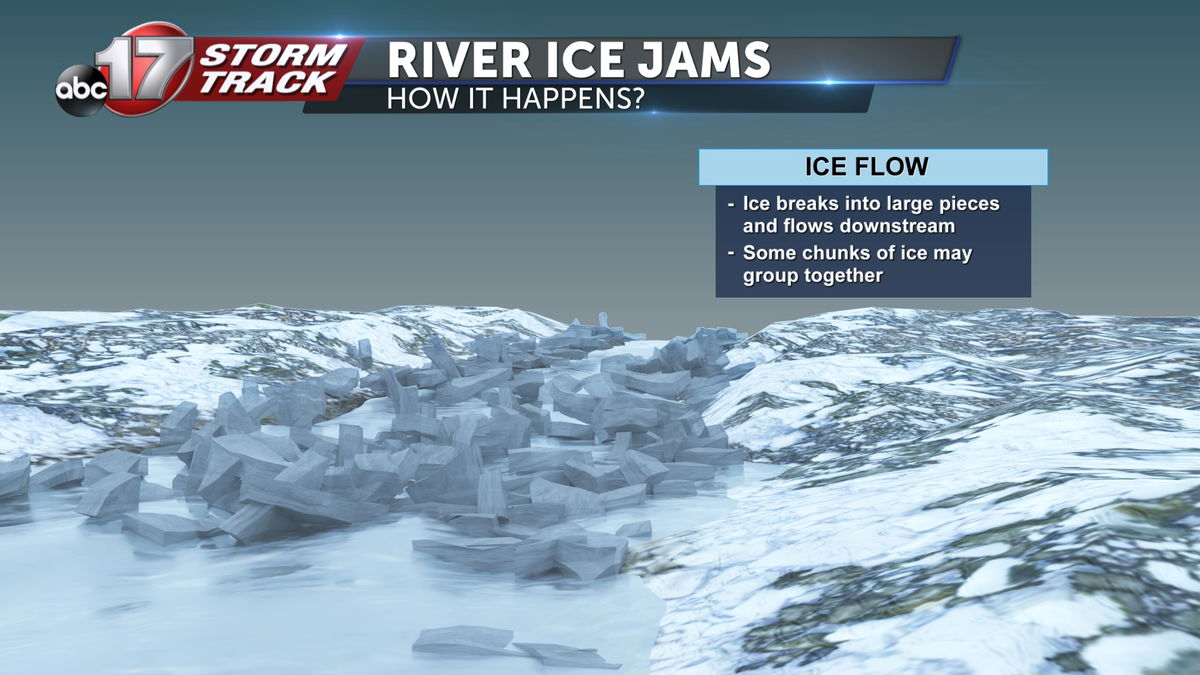
Water north of these ice jams starts to rise substantially leading to possible flooding in surrounding areas as the water can not travel downstream. Water levels downstream begin to fall substantially leading to issues in various aspects of human life. Lower river levels downstream can cause issues in traveling goods, or for cooling plants that rely on the river flow.
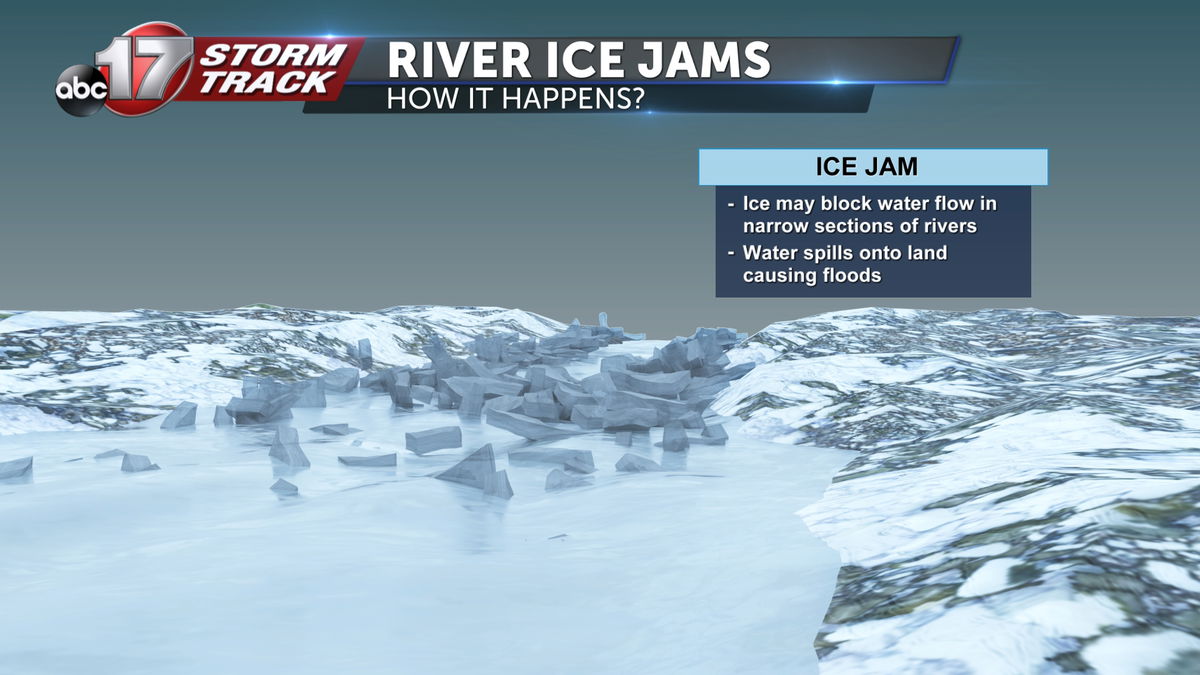
Once these ice jams break apart, rising levels downstream can see brief spurts of flooding as the river system becomes overpowered by the sudden burst of water flow.
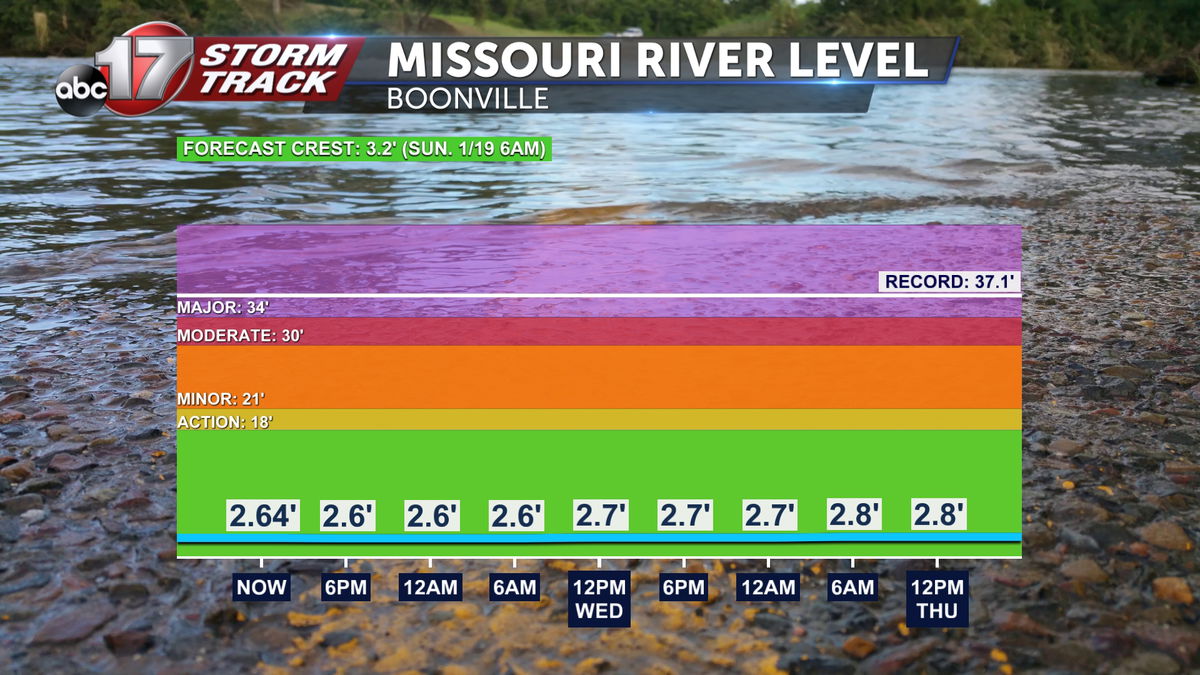
Thankfully, there are no early indicators of ice jams being an issue on Mid-Missouri's section of the Missouri river. Hydrologist will look to keep a close eye on changing conditions as extremely low temperatures are forecasted to return heading into this weekend and much of next week.
